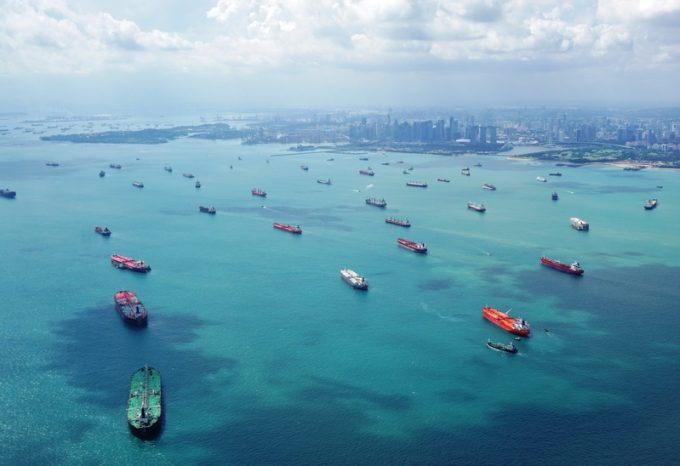No place to hide for container shipping investors as Q2 earnings calls loom
Clouds gathering

The amount of containership capacity idled has surged again, the latest survey from Alphaliner reporting 315 vessels (1.18 million teu) in lay-up, representing 4.3% of the global fleet.
In its fortnightly review of the inactive container vessel fleet, the consultant recorded a big jump from the ...


Comment on this article